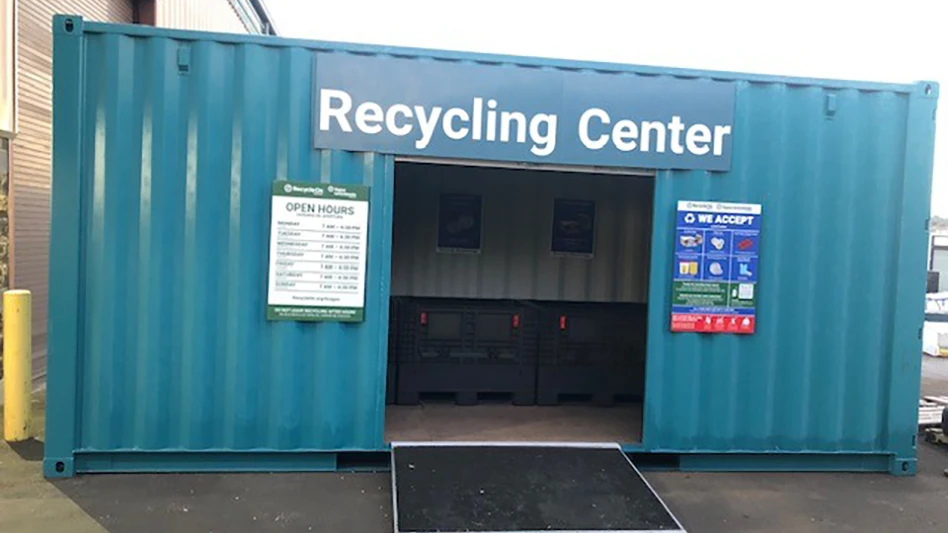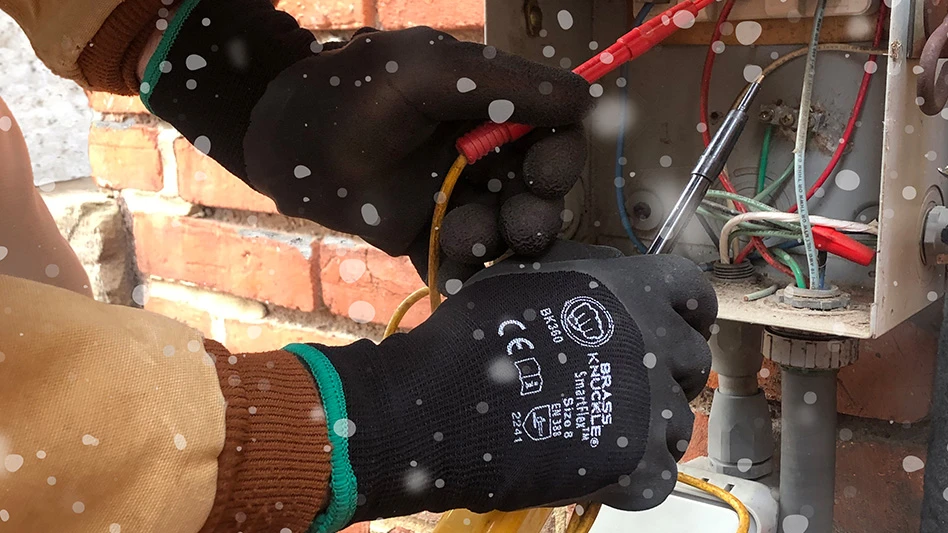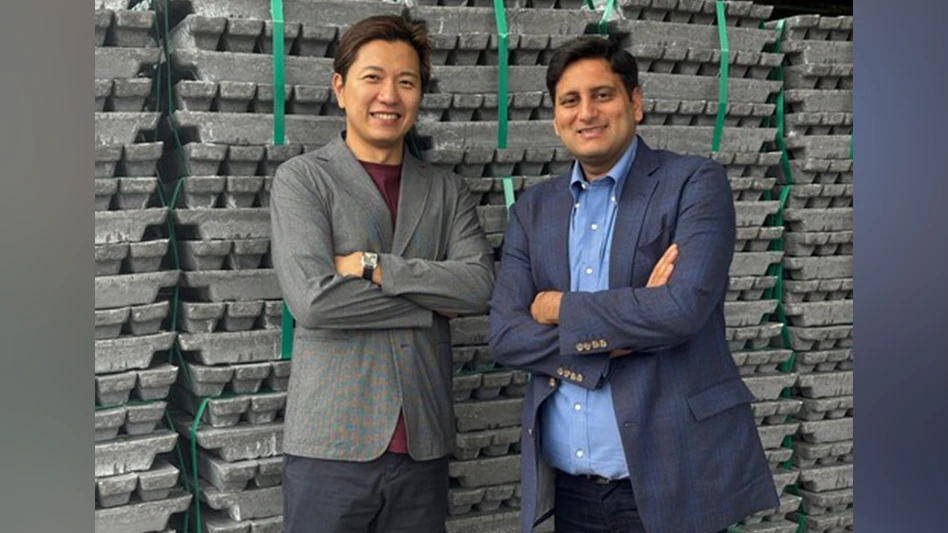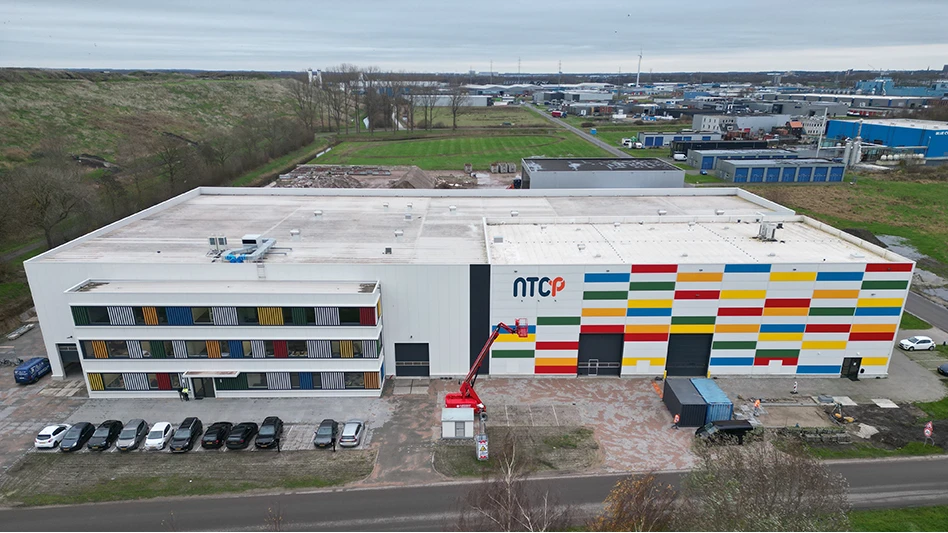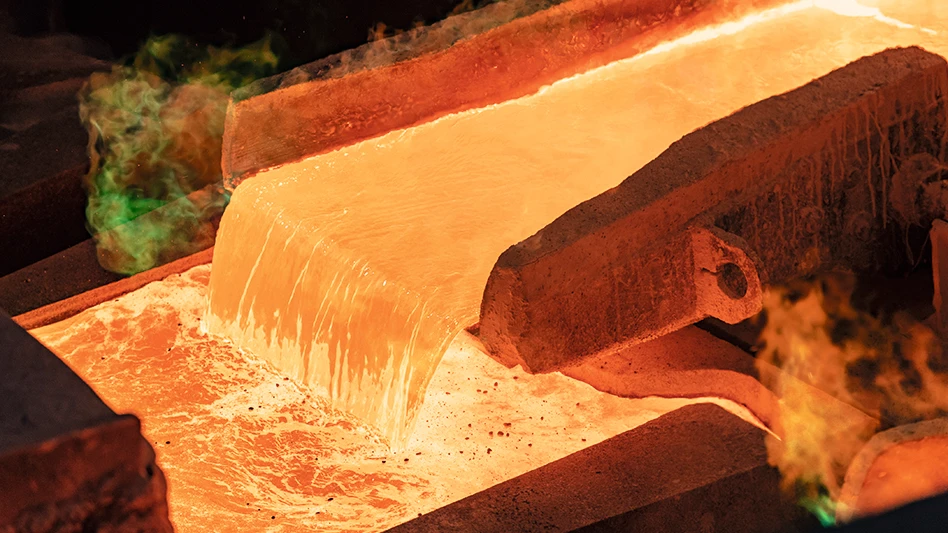Siltbuster, a U.K.-based provider of wet waste separation systems, has introduced the Gritbuster WT-250, a larger version of its material washing, separation and aggregate recovery system. The new system is aimed at the road sweeping and trommel fines waste recycling markets. The separation system is capable of handling more than 25 metric tons of material per hour. With the Gritbuster WT-250, users are able to separate feedstocks into washed gravel and sand products.
The steps undertaken by the Gritbuster process include:
- raw material is loaded via a loading shovel or telescopic loader from existing stockpiles;
- screw feed auger ensures both dry and wet feedstocks are handled easily;
- wet trommel is designed to wash and separate the aggregate while minimizing the risk of contaminating the sand product with organic matter, ultimately producing a clean sand product;
- integral hydraulic density separator is used to separate coarse aggregate from plastic, sticks and other debris, increasing recycling potential;
- allows the recovered sand and gravel to be reused as non-structural fill or secondary aggregate if processed in accordance with the WRAP Protocol;
- minimizes fresh water requirements by operating in a closed loop when used with a Siltbuster Water Treatment Plant and Filter Press; and
- compact design allows installation on existing sites and integration with existing processes.
Richard Coulton, Siltbuster’s managing director, notes that a key aspect of the new design is the integral hydraulic density separator. The design, Coulton points out, has made the new Gritbuster WT-250 ideal for handling trommel fines and other drier feed material.
“We have always been able to produce good quality sand and grit by removing the fine organics, but by now incorporating a hydraulic density separator we can separate the larger material fractions on density rather than just physical size,” Coulton says. “This means heavier recyclables such as stone and aggregate are recovered in a cleaner recyclable form, from the lighter recyclables such as plastic, paper, wood and other floating materials. This has obvious advantages in terms of LOI reduction, but it also means the lighter items can themselves be recovered and go for recycling.”
The Gritbuster WT-250 can be supplied on its own or with a packaged Water Treatment & Recycling System and Filter Press.
For more information on Siltbuster’s line of equipment visit the company’s website at www.siltbuster.com.
Latest from Recycling Today
- US Steel to restart Illinois blast furnace
- AISI, Aluminum Association cite USMCA triangular trading concerns
- Nucor names new president
- DOE rare earths funding is open to recyclers
- Design for Recycling Resolution introduced
- PetStar PET recycling plant expands
- Iron Bull addresses scrap handling needs with custom hoppers
- REgroup, CP Group to build advanced MRF in Nova Scotia
